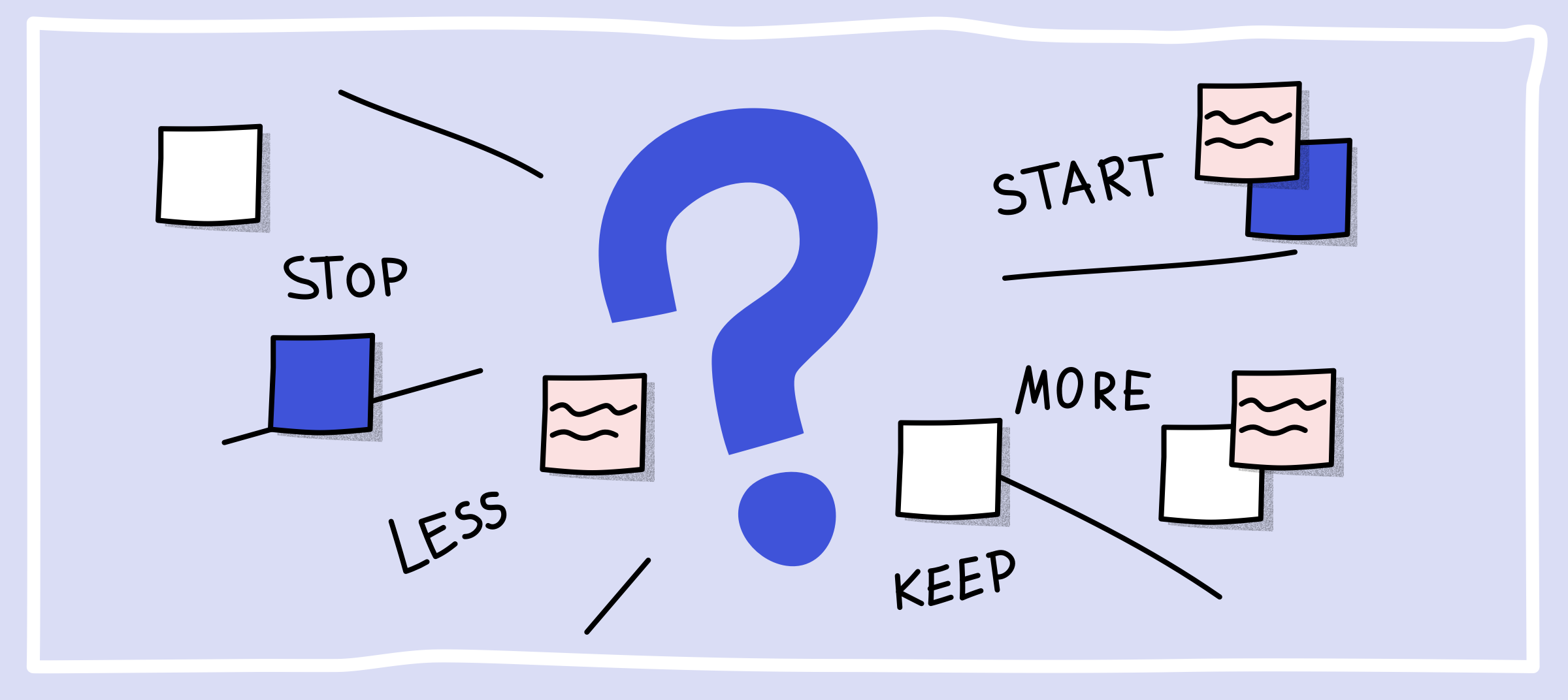Using Data to Drive Improvements in Scrum Sprint Retrospectives
The Scrum Sprint Retrospective is a key component of the Scrum framework that allows teams to reflect on their work and identify areas for improvement. By incorporating data into this process, teams can make more informed decisions and drive meaningful improvements.
Here are some ways to use data to drive improvements in Scrum Sprint Retrospectives:

- Track Metrics: Collect data on key metrics such as team velocity, work completion rate, and number of defects to get a clear picture of the team's performance. Use this data to identify trends and determine where improvements can be made.
- Use Surveys: Use surveys to gather feedback from team members on a regular basis. Encourage team members to provide specific feedback on what went well and what didn't, and use this information to drive improvements.
- Analyze Trends: Analyze trends in the data over time to determine if improvements are being made. For example, if the number of defects is decreasing, it's a sign that the team's processes are becoming more effective.
- Use Visualizations: Visualize the data to make it easier to understand and communicate. For example, use graphs and charts to show trends over time, or use a dashboard to display key metrics in real-time.
- Continuously Monitor: Continuously monitor the data to ensure that improvements are being made. If trends are not moving in the right direction, it's a sign that changes need to be made.
In conclusion, by incorporating data into the Scrum Sprint Retrospective process, teams can make more informed decisions and drive meaningful improvements. By tracking metrics, using surveys, analyzing trends, visualizing the data, and continuously monitoring progress, teams can ensure that their processes are becoming more effective over time.
